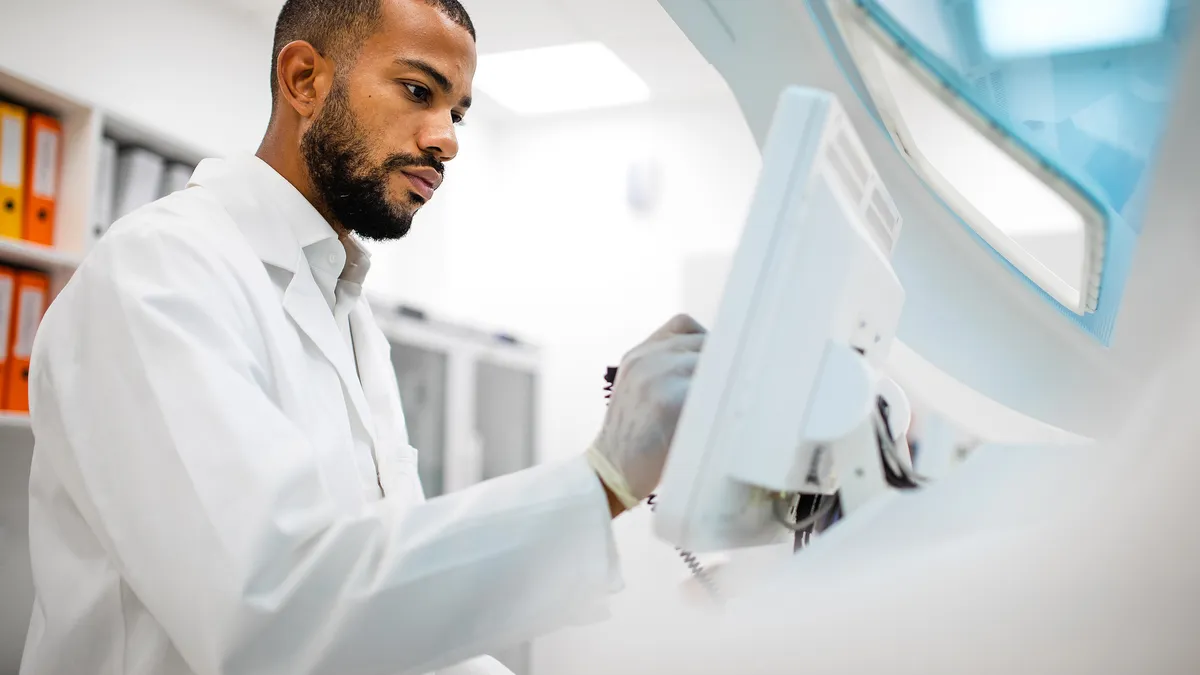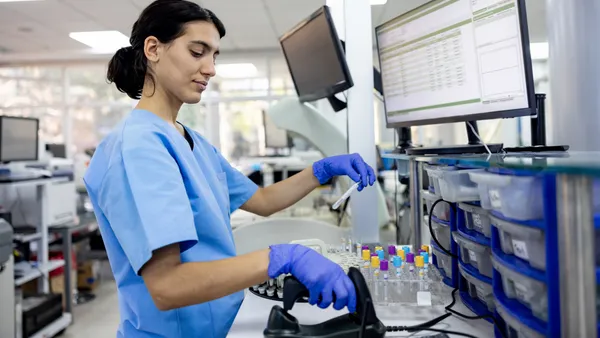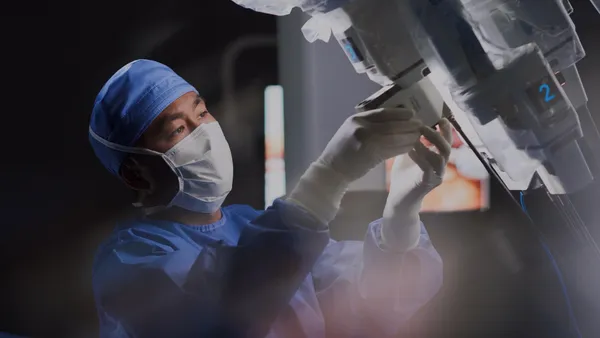The Food and Drug Administration’s final rule solidifying its authority over laboratory developed tests (LDTs) marks a major shift in the regulation of the diagnostics industry.
The rule makes clear that the subset of tests, made and run within a single lab, are subject to the same federal requirements as medical devices, including adverse event reporting, labeling standards and premarket review. Tests made outside labs are already regulated in this way.
Over the next four years, the FDA will phase out a less-stringent approach to regulating LDTs that it has used for roughly half a century, on the basis that the tests have evolved into more complex in vitro diagnostics that carry greater risks, and in some cases have led to incorrect treatment.
LDTs today are used to diagnose conditions from heart disease and cancer to autism and Alzheimer’s disease.
“The agency cannot stand by while Americans continue to rely on results from these tests without assurance that they work,” FDA Commissioner Robert Califf said on an April 29 call with reporters.
Labs have raised concerns that the costs and time spent on increased enforcement will hinder the development of critical tests. The FDA maintains rectifying an imbalance in oversight will do the opposite, encouraging innovation.
While the new rule includes important exemptions sought by the lab industry, including for LDTs already on the market and tests to address unmet needs, its impact is still being debated.
Catch up on MedTech Dive’s coverage of the FDA’s plan to regulate LDTs as medical devices here:











